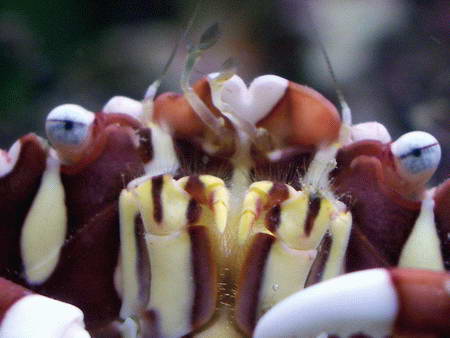This mirror is being hosted with the permissions of the original content creator for preservation and educational purposes.
 Presented
by Charles & Linda RaabeMactan
Island, The Philippines
Presented
by Charles & Linda RaabeMactan
Island, The Philippines
© 2008 All Rights
Reserved
Although some hobbyist find crabs as interesting
as I do, I have
also learned that there are very few crabs that I would consider to be
reef safe, about the only one that I have had experience with and can
say they are totally reef safe are the commensal species,
those that host either corals or anemone .
If you are looking for an ID, be sure
to check out the hitch hikers pages off of the "info links" menu
For crabs found living within tunnels/caves of live rock,
the vast majority of them can not be considered reef safe, while most
may not harm corals, they can do great damage to other sessile
invertebrates that give meaning to the word "reef", coral safe, maybe,
but not reef safe. Such crabs when small juveniles seem
to help out by picking at algae and they, like many other inverts start
out life as mostly herbivores but once they gain any size, they soon
graduate to more meatier items on the menu. There are however crabs
that are commensal with some coral genus groups and are a great help to
the corals, these "coral crabs" are easy to distinguish from other
types of crabs and should be left with their coral. To help
identify such beneficial crabs, please see my Coral Commensal Crabs page.
I also see a lot of online stores and advice columns
pushing hermit crabs as part of a clean up crew. It has been my
experience that hermit crabs do not belong in a coral reef tank, they
are omnivores as are all crabs, and its only a matter of time before
hermit crabs figure out that there are meatier items available on the
menu, namely your coral polyps and all types of worms. They are not
invert safe as many will claim them to be. Except for the few commensal
species mentioned earlier, all other free roaming crabs would be on my
"get out of the pool" list for a reef aquarium containing other sessile
invertebrates and/or corals.
REEF
SAFE , either by their hosting a coral or
anemone, or by their adult size remaining very small.
The Porcellanidae
Crabs Photo Link #2 Photo Link #3 Can
be considered Reef Aquarium Safe

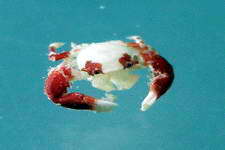
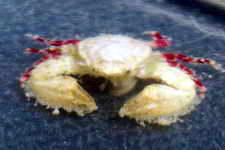
The Anomuran crabs, part of the Porcellanidae family,
relatives of Petrolisthes and Porcellanella.
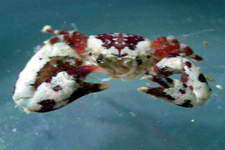
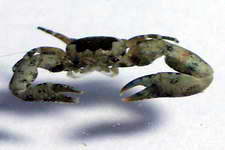

The Galatheid Crabs
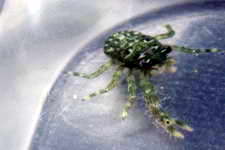

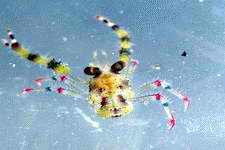
NOT
REEF SAFE
For fish only aquariums or those aquariums dedicated to
keeping
the more aggressive / destructive animals available, then some crab
species can make for very interesting pets.
The Xanthidae Crabs
(link - extensive photo gallery) None of which can
be
considered reef safe. Not only do they constantly enlarge their rock
burrows, they will also roam your landscape at night picking off and
eating just about all the life on your live rocks.
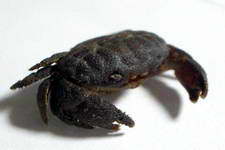
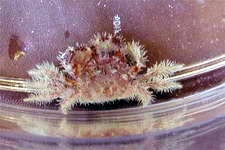

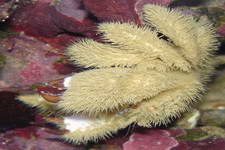

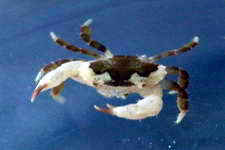
The Majidae Crabs
( spider crabs ) Also
know as decorator crabs, these species are not only destructive with
their feeding habits, but they are very likely to tear up any of your
sessile creatures in an attempt to stick them to their backs in order
to blend in with their surroundings.
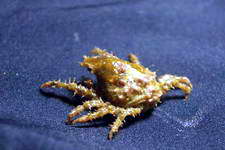
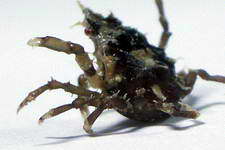
This mirror is being hosted with the permissions of the original content creator for preservation and educational purposes.


